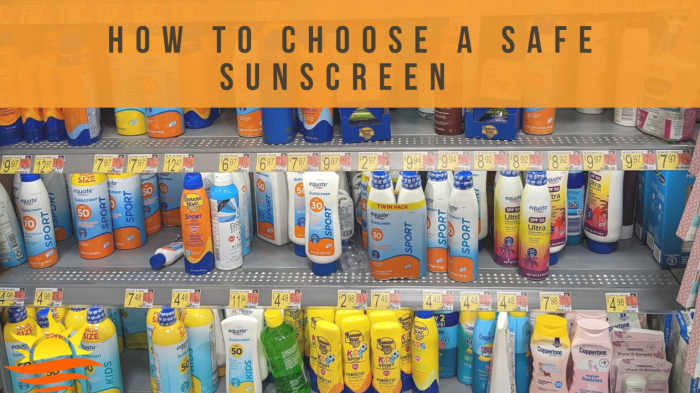Turmeric benefits for skin are a fascinating subject, delving into the ancient spice’s potential to transform your complexion. From its vibrant hues to its rich history in various cultures, turmeric’s role in skincare is increasingly recognized. This exploration examines the science behind turmeric’s purported skin-enhancing properties, from its anti-inflammatory effects to its potential to reduce…
Category: Skincare
Choosing a Safe and Effective Sunscreen Your Guide
Choosing a safe and effective sunscreen is crucial for protecting your skin from harmful UV rays. This comprehensive guide dives deep into the world of sunscreens, exploring various types, ingredients, application methods, and specific needs. From understanding the basics of SPF to finding the perfect sunscreen for your skin type and lifestyle, we’ll equip you…


